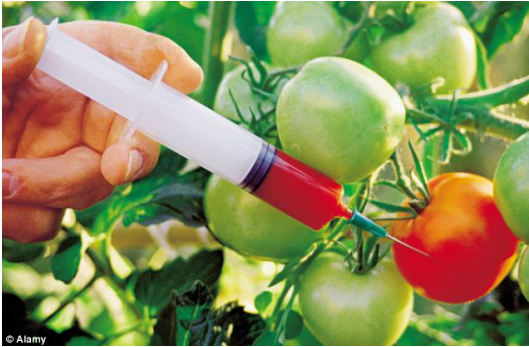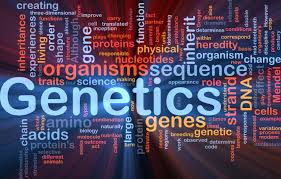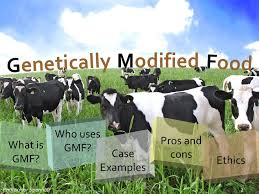
"Genetic engineering is inherently dangerous, because it greatly expands the scope for horizontal gene transfer and recombination, precisely the processes that create new viruses and bacteria that cause disease epidemics, and trigger cancer in cells." - Dr. Mae-Wan Ho
Between 1997 and 1999, gene-modified (GM) ingredients suddenly appeared in 2/3rds of all US processed foods. This food alteration was fueled by a single Supreme Court ruling. It allowed, for the first time, the patenting of life forms for commercialization. Since then thousands of applications for experimental GM organisms have been filed with the US Patent Office alone, and many more abroad.
The first commercially grown genetically modified whole food crop was the tomato (called Flavr Savr), which was made more resistant to rotting by Californian company Calgene. The tomatoes were released into the market in 1994 without any special labeling.
In February 1996, J. Sainsbury and Safeway Stores in the United Kingdom introduced Europe's first genetically-modified food product. A variant of the Flavr Savr was used by Zeneca to produce tomato paste which was sold in Europe during the summer of 1996. Following GM crops included insect resistant cotton and herbicide-tolerant soybeans both of which were commercially available in 1996.
In 2003, countries that grew 99 % of the global transgenic crops were the United States (63 %), Argentina (21 %), Canada (6 %), Brazil (4 %), China (4 %), and South Africa (1 %) and today the Grocery Manufacturers of America estimate that 75 % of all processed foods in the U.S. contain a GM ingredient.
Between 1995 and 2005, the total surface area of land cultivated with GMOs had increased by a factor of 50, from 17,000 km2 (4.2 million acres) to 900,000 km2 (222 million acres), of which 55 percent were in Brazil.
In the US, by 2006 89 % of the planted area of soybeans, 83 % of cotton, and 61 % maize were genetically modified varieties.
Today many Gmod crops are grown in North America. India has also come aboard the bandwagon in 2002 with a rapid and continuing expansion of GM cotton varieties.
This is an excerpt from the article. Genetically Modified Food: GM Foods List and Information
Author: Ian Langtree, Contact: Disabled World







 RSS Feed
RSS Feed